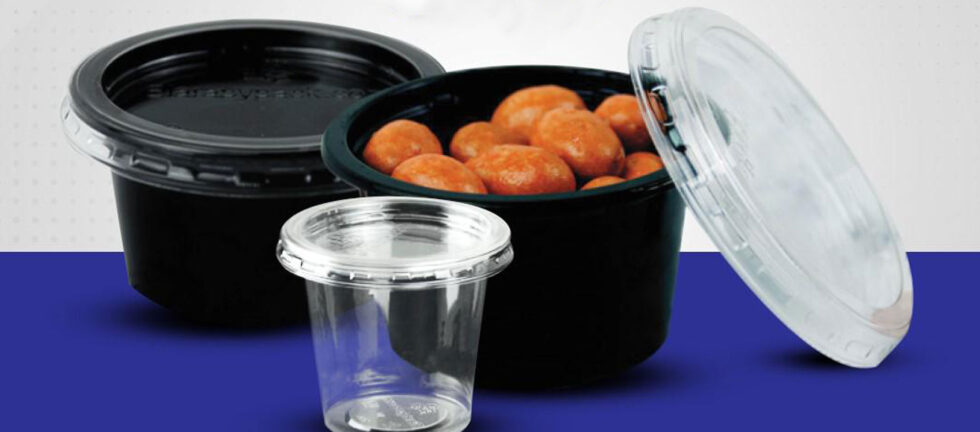Polyethylene (PE)
Transparent: Milky white translucent, waxy when not coloured.
Features: The product feels slippery by hand, soft and tough. In general, low density polyethylene is soft and has good transparency. High density polyethylene is hard.
Products: handbags, water pipes, oil drums, beverage bottles (calcium milk bottles), daily necessities, etc.
Polypropylene (PP)
Transparent: White, translucent, waxy when not coloured.
Features: lighter than polyethylene, transparency is better than polyethylene, harder than polyethylene.
Products: basins, barrels, furniture, films, woven bags, bottle caps, car bumpers, etc.
polystyrene (PS)
Transparent: Transparent when not coloured.
Features: The product is ground or struck, with a metal-like brittle sound, good gloss and transparency, similar to glass, brittle and easy to break, and nails can be traced to the surface of the product. Modified polystyrene is opaque.
Products: stationery, cups, food containers, appliance covers, electrical accessories, etc.
Polyvinyl Chloride (PVC)
Transparent: The color is yellowish-brown and glossy.
Features: Transparency is better than polyethylene, polyvinyl, and worse than polystyrene. It is divided into hard and soft polyvinyl chloride according to the amount of additives. The soft product is soft and hard, and the hand feels sticky. The hardness of the solid product is higher than that of low-density polyethylene, and lower than that of polypropylene, bleaching occurs at the inflection point.
Products: boards, tubes, soles, toys, doors, windows, wire wraps, stationery, etc.
Polyethylene Terephthalate (PET)
Transparent: Transparency is good.
Features: Strength and durability are better than polystyrene and PVC, and it is not easy to break.
Products: food packaging bags, bottle products, such as cola, mineral water bottles, etc.



